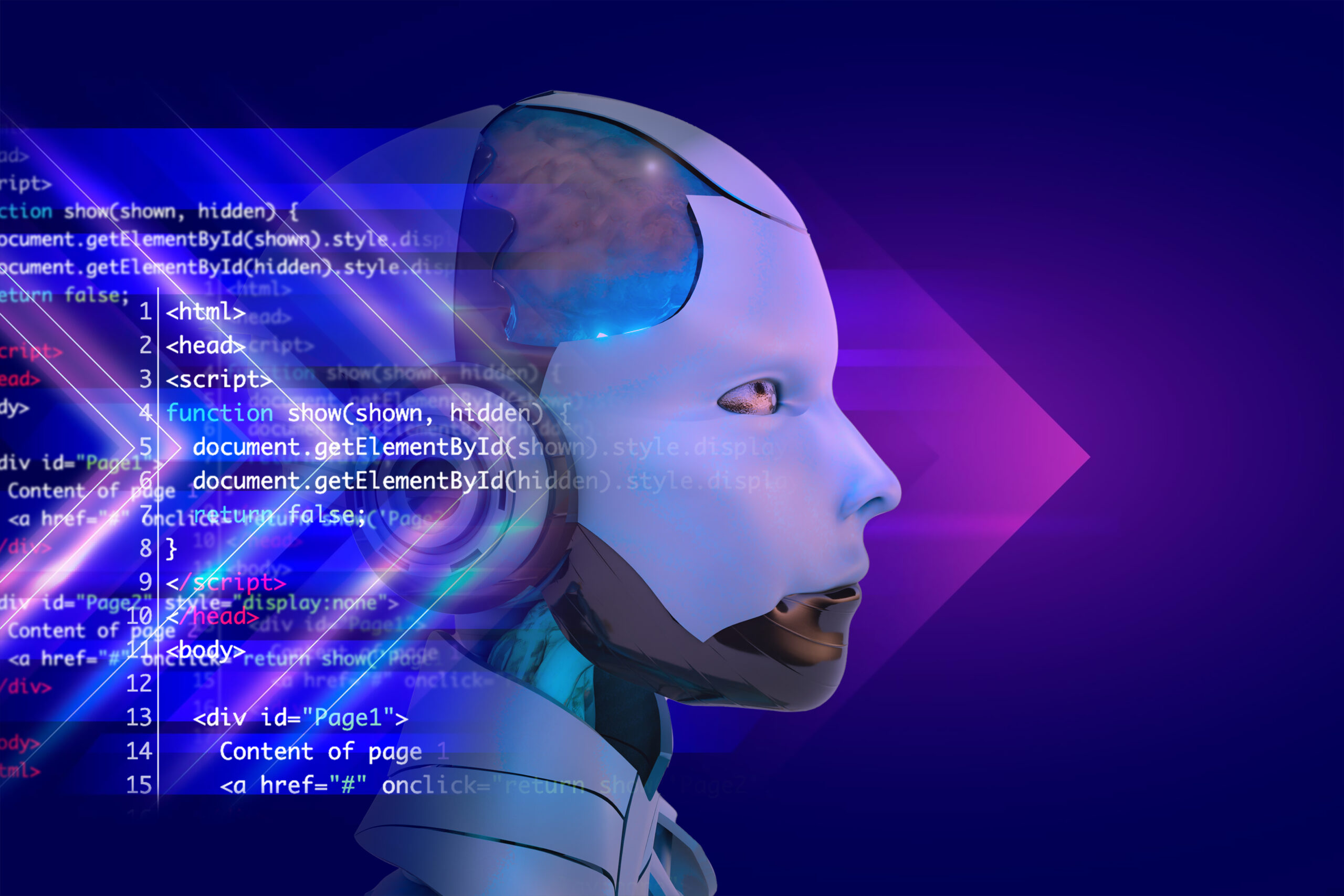How Machine Learning Works: Understanding Algorithms & Models

Machine Learning (ML) is a branch of artificial intelligence that enables systems to learn and make decisions without being explicitly programmed. It is transforming industries by automating processes, improving efficiency, and uncovering insights from vast amounts of data. In this blog, we’ll explore how machine learning works, the different types of ML algorithms, and how these models are trained and applied in real-world scenarios.
1. What is Machine Learning?
Machine Learning is the process of teaching computers to recognize patterns in data and make decisions based on those patterns. Unlike traditional programming, where specific rules are written to handle every possible scenario, ML models learn from experience and improve over time.
Key Components of Machine Learning:
- Data: The foundation of any ML model. High-quality, well-labeled data improves accuracy.
- Algorithms: The mathematical techniques used to process data and make predictions.
- Training: The process of feeding data into the model so it can learn patterns.
- Evaluation: Assessing the model’s accuracy and fine-tuning it for better performance.
2. Types of Machine Learning Algorithms
Machine learning can be broadly categorized into three types: Supervised Learning, Unsupervised Learning, and Reinforcement Learning.
a) Supervised Learning
Supervised learning involves training a model on labeled data, where the input and output are known. The model learns by mapping inputs to the correct outputs.
Examples of Supervised Learning:
- Regression: Predicting continuous values (e.g., housing prices, stock prices).
- Classification: Assigning categories to data (e.g., spam detection, disease diagnosis).
Popular Supervised Learning Algorithms:
- Linear Regression: Used for predicting numerical values.
- Decision Trees: A tree-like model for classification and regression tasks.
- Support Vector Machines (SVM): Separates data into categories using a hyperplane.
- Neural Networks: Mimic the human brain to recognize complex patterns.
b) Unsupervised Learning
Unsupervised learning works with unlabeled data, where the model must identify hidden patterns and relationships without predefined outputs.
Examples of Unsupervised Learning:
- Clustering: Grouping similar data points (e.g., customer segmentation, anomaly detection).
- Dimensionality Reduction: Simplifying data by removing unnecessary features (e.g., Principal Component Analysis – PCA).
Popular Unsupervised Learning Algorithms:
- K-Means Clustering: Groups data into clusters.
- Hierarchical Clustering: Builds a hierarchy of clusters.
- Autoencoders: Neural networks used for data compression and anomaly detection.
c) Reinforcement Learning
Reinforcement learning (RL) is a trial-and-error approach where an agent interacts with an environment and learns from rewards and penalties.
Examples of Reinforcement Learning:
- Game AI: AlphaGo, OpenAI’s Dota 2 bot.
- Robotics: Teaching robots to walk, grasp objects, or navigate environments.
Popular Reinforcement Learning Algorithms:
- Q-Learning: Uses a table to learn optimal actions.
- Deep Q-Networks (DQN): Combines deep learning with reinforcement learning.
- Policy Gradient Methods: Optimize policies directly for better decision-making.
3. How Machine Learning Models are Trained
Step 1: Data Collection & Preprocessing
The first step in building an ML model is gathering and preparing data.
- Data Cleaning: Handling missing values, duplicates, and outliers.
- Feature Engineering: Selecting and transforming relevant data attributes.
- Data Splitting: Dividing data into training, validation, and test sets.
Step 2: Choosing an Algorithm
The choice of algorithm depends on the type of problem, dataset size, and computational resources available.
Step 3: Training the Model
The model is trained using historical data to learn patterns and relationships. During training:
- The model makes predictions.
- Errors are measured using a loss function.
- The model adjusts weights and parameters to minimize errors (e.g., using Gradient Descent).
Step 4: Model Evaluation & Fine-Tuning
Once trained, the model is tested on new data to measure its accuracy. Common evaluation metrics include:
- Accuracy, Precision, Recall, and F1 Score (for classification models).
- Mean Squared Error (MSE) (for regression models).
- Confusion Matrix: Visual representation of classification performance.
If the model performs poorly, adjustments are made, such as:
- Tuning hyperparameters.
- Adding more training data.
- Using different feature selection techniques.
4. Real-World Applications of Machine Learning
Machine learning is transforming industries, making processes more efficient and intelligent.
a) Healthcare
- AI-powered diagnostics for detecting diseases (e.g., cancer detection).
- Personalized treatment plans using predictive analytics.
b) Finance
- Fraud detection in banking transactions.
- Algorithmic trading for stock market investments.
c) Retail & E-Commerce
- Product recommendations based on customer behavior.
- Chatbots for customer service automation.
d) Autonomous Vehicles
- Self-driving cars use ML for object recognition and path planning.
- AI-powered traffic management systems optimize routes.
e) Entertainment & Media
- Netflix and Spotify use ML for personalized content recommendations.
- Deepfake technology enables synthetic media generation.
5. Challenges in Machine Learning
Despite its potential, ML faces several challenges:
- Data Quality Issues: Poor data can lead to biased models.
- Overfitting & Underfitting: Models that learn too much or too little from training data.
- Computational Costs: Training large models requires significant computing power.
- Ethical Concerns: Bias in AI models can lead to unfair outcomes.
6. The Future of Machine Learning
Machine learning continues to evolve, with key trends shaping its future:
- Explainable AI (XAI): Making AI decisions more transparent.
- Federated Learning: Training models across decentralized devices to improve privacy.
- AI & Edge Computing: Running ML models directly on IoT devices for real-time processing.
Conclusion
Machine learning is revolutionizing the way we interact with technology, from personal assistants to autonomous systems. By understanding ML algorithms and models, we can better appreciate how machines learn and improve over time. As ML continues to advance, its applications will only expand, making it a crucial field for businesses, researchers, and tech enthusiasts alike.
What are your thoughts on the future of machine learning? Share your insights in the comments below!



